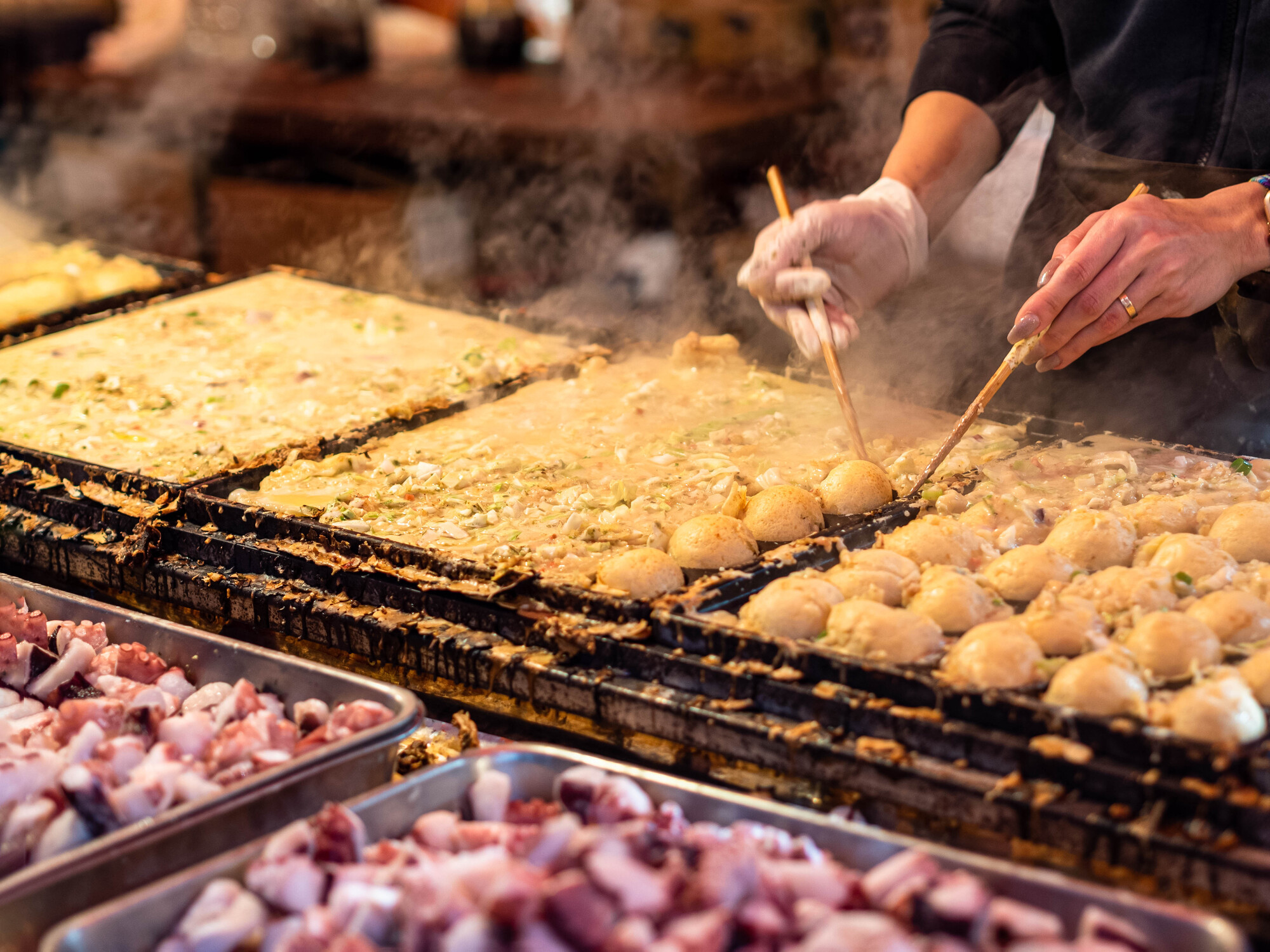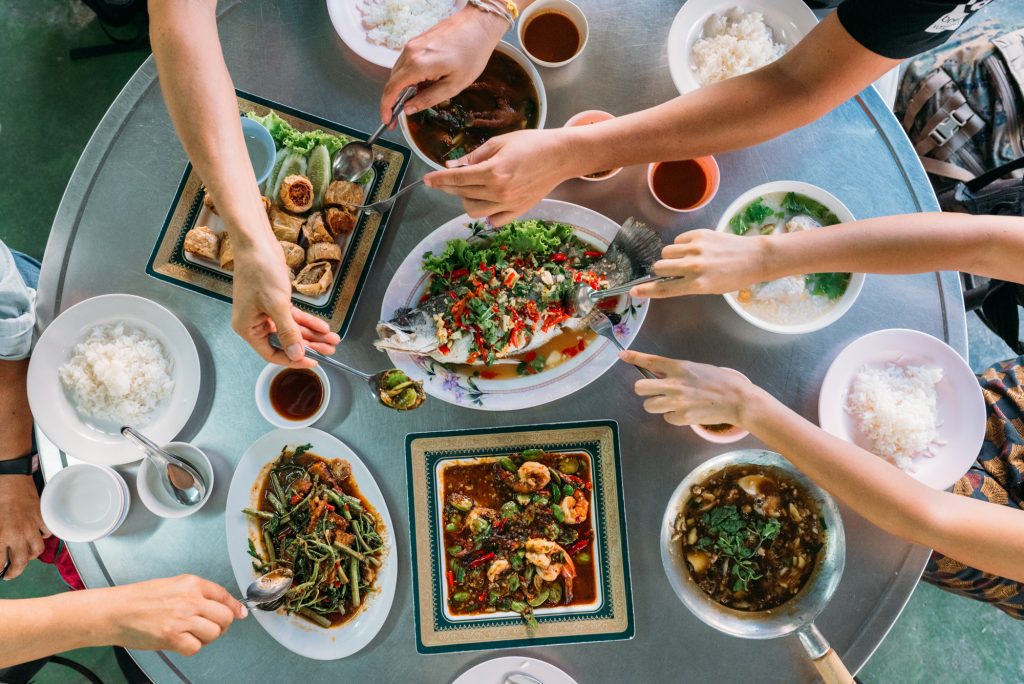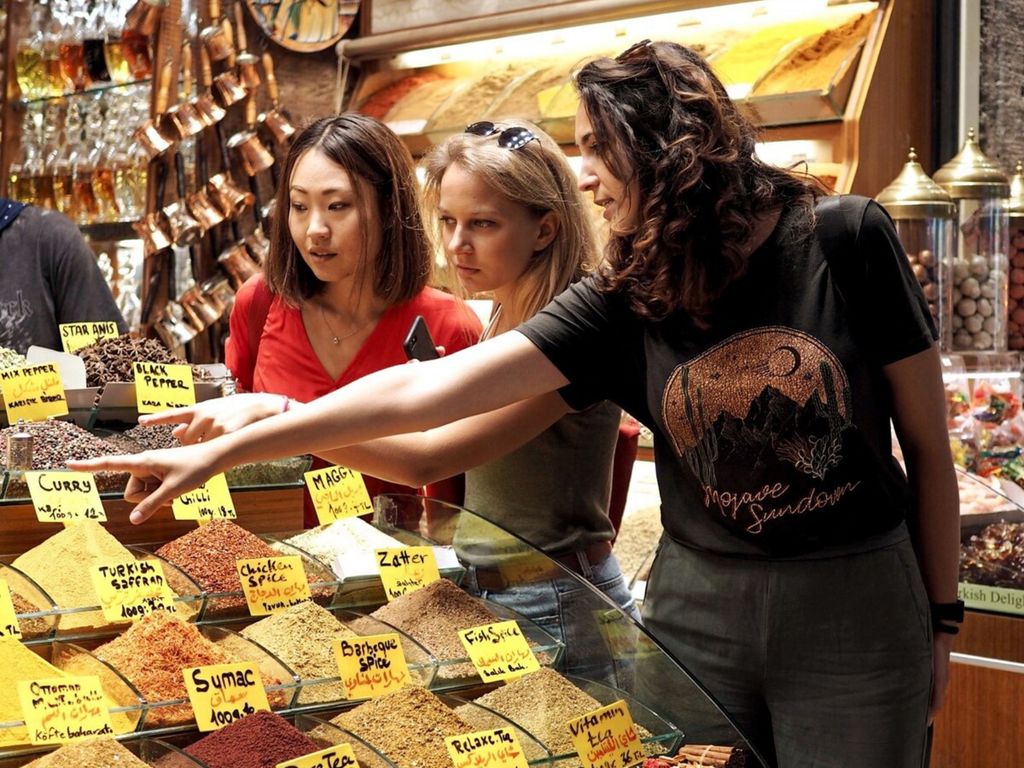Ultimate Hanoi Food Tour Guide: Where to Eat Like a Local in Hanoi
Ultimate Hanoi Food Tour Guide: Where to Eat Like a Local in Hanoi
Blog Article
Hanoi Food Tours: Journey Via Taste and Society
Hanoi Food Tours present an unique possibility to involve with the city's culinary heritage, offering participants a chance to experience not just the diverse tastes yet additionally the social stories that come with each dish. As one browses with the streets of Hanoi, an exploration of the cultural significance behind famous dishes waits for, triggering one to think about just how these tastes shape the identification of this dynamic city.
Culinary Emphasizes of Hanoi
Although Hanoi is renowned for its abundant background and lively culture, its culinary scene is equally compelling, using a varied range of flavors and meals that reflect the city's unique heritage. Central to Hanoi's cuisine is the famous Pho, a fragrant noodle soup generally made with beef or chicken, matched by a fragrant brew infused with flavors like star anise and cinnamon. One more staple is Bun Cha, which includes grilled pork patties served with vermicelli noodles and a zesty dipping sauce, illustrating the harmonious balance of pleasant, salty, and sour tastes.
Street food plays a considerable role in the culinary landscape, with vendors offering delicacies such as Banh Mi, a Vietnamese sandwich loaded with meats, fresh vegetables, and spicy condiments. In addition, the standard meal of Cha Ca, seasoned fish sautéed with turmeric and dill, supplies an one-of-a-kind preference of neighborhood active ingredients and food preparation strategies.

Popular Food Tour Options
Exploring Hanoi's culinary landscape via food excursions uses an immersive experience that showcases the city's diverse flavors and culinary traditions (hanoi food tour). Amongst the most popular alternatives are street food tours, which direct participants via surprise alleyways and busy markets, tasting iconic meals like pho, banh mi, and bun cha. These scenic tours commonly consist of interactions with regional suppliers, giving insights into the preparation of each recipe
One more preferred selection is a cooking class integrated with a market go to. Individuals first explore regional markets to pick fresh active ingredients before returning to a cooking school or local home to learn conventional food preparation methods. This hands-on experience not just deepens appreciation for Vietnamese cuisine however likewise gears up tourists with skills to recreate meals back home.
For those seeking a special perspective, motorbike food tours offer a thrilling method to browse the city while tasting a variety of street foods in various areas. Furthermore, specialized trips concentrating on vegetarian or vegan cuisine satisfy nutritional preferences, ensuring inclusivity. Each scenic tour offers a distinctive opportunity to involve with Hanoi's lively food scene, making them a vital part of any kind of culinary trip in the city.
Cultural Significance of Neighborhood Dishes
The cultural importance of local recipes in Hanoi extends far past plain nourishment; it reflects the city's rich background and varied influences. Each recipe acts as a narrative, telling stories of the different neighborhoods that have actually formed the cooking landscape of this vibrant city. The beloved Pho, a fragrant noodle soup, embodies the melding of Vietnamese active ingredients with read this post here French cooking methods introduced during colonial policy.
Additionally, local dishes commonly symbolize local specialties and socio-economic conditions, showcasing the farming bounty of the surrounding locations. Street food, such as Banh Mi and Bun Cha, is not just a testimony to the ingenuity of local vendors however additionally a celebration of communal eating society, where food ends up being a medium for social communication.
Furthermore, traditional foods are typically linked with celebrations and routines, marking crucial life events and common events. The preparation and sharing of these meals cultivate a feeling of belonging and connection within the community. Inevitably, the food of Hanoi offers not just to nurture the body, but to attach individuals with their heritage, making every dish a cultural experience steeped in background and importance.
Tips for an Authentic Experience
A genuine food experience in Hanoi requires more than simply sampling widely known recipes; it entails immersing oneself in the neighborhood society and taking on the techniques of the citizens. Start by involving with local vendors at road markets, where you can observe the preparation of typical recipes and communicate with the cooks. This not just boosts your understanding of the food but also cultivates links with the community.
One more idea is to welcome the neighborhood dining rules. Several Vietnamese meals are taken pleasure in family-style, so do not think twice to share dishes. Furthermore, make use of chopsticks appropriately, as this suggests regard for the cooking custom.

Discovering Covert Food Gems
Hanoi is home to countless hidden food gems that supply a distinct taste of local cooking practices. Nestled within bustling streets and charming alleyways, these eateries serve recipes that show the abundant social tapestry of the city. One such gem is "Bánh Cuốn," a delicate rice noodle meal typically filled with diced pork and mushrooms, normally delighted in with a side of tangy dipping sauce.
One more must-try is "Phở Bò," discovered in tiny, family-run restaurants where dishes have been passed down through generations. The fragrant broth and tender beef exemplify Hanoi's proficiency in balancing tastes.
Discovering these regional favorites often causes unexpected cooking delights, like "Chả Cá," a barbequed fish meal seasoned in turmeric and dill, served with vermicelli noodles and peanuts.

Conclusion
To conclude, Hanoi Food Tours use an improving experience that transcends plain eating, inviting participants to involve deeply with the city's cooking heritage. The varied alternatives available, from street food expeditions to immersive cooking classes, assist in an extensive understanding of regional tastes and traditions. By focusing on authentic interactions with suppliers and checking out lesser-known eateries, individuals can completely value the social relevance of Hanoi's food, inevitably cultivating a greater gratitude for the city's vivid gastronomic landscape.
Hanoi Food Tours offer a special chance to engage with the city's culinary heritage, offering participants a chance to experience not just the varied tastes yet likewise the cultural narratives that accompany each recipe.Discovering Hanoi's culinary landscape through food tours uses an immersive experience that showcases the city's cooking customs and diverse tastes. hanoi food tour.For those seeking a distinct point of view, motorbike food tours supply an electrifying way to navigate the city while sampling a variety of road foods in different districts.A genuine food experience in Hanoi calls for even more than simply sampling widely known meals; it involves engaging oneself in the local culture and taking on the practices of the homeowners.Hanoi is home to countless hidden food gems that use a distinct taste of regional culinary traditions
Report this page